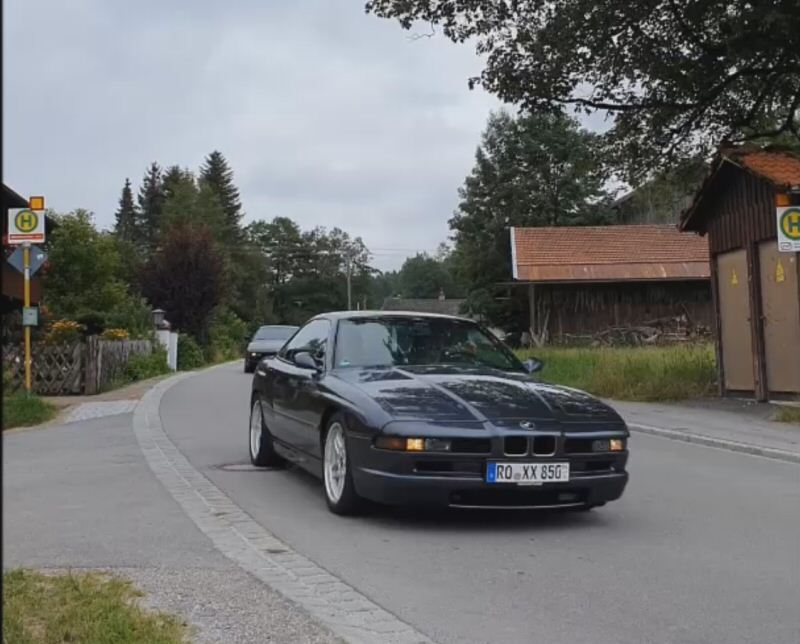Hiya Graham,
depending on your usage cycle I would recommend not to use any E(x) at all unless you can ascertain that your car sees the petrol station at least occasionally e.g. you need to refuel every odd year. Reason for this is the undesirable decomposition of Ethanol (E(x)) as a result of prolonged exposure to air (oxygen). See it in a similar vein as an open bottle of wine where over time ethanol is converted to acetic acid thus spoiling the wine.
You probably heard of seized fuel pumps in E31´s a few times by now - this is a direct result of a long period if inactivity (years, maybe less). They don´t fail of boredom but because they corrode internally - corrosion is effected by the a.m. acetic acid which apparently has more aggressive potential in E5 than in E10! On top of that said there is the rubber situation mentioned by Bernhard. The fuel pump is cushioned by 4 rubber blocks which in almost all cases have hardened over the years to become plastic lumps. With acetic acid in the fuel they develop into something really strange and softish which you can actually rub to pieces between two fingers!
This is my experience having had to replace 3 fuel pumps over 3 years of non-use in a car which needed to be moved just a wee bit every now and then (project car). After the 3rd pump we removed the old acidic smelling fuel and started from scratch ![]() The reason for me looking into the continued failures of (factory fresh) fuel pumps was the green residue on exposed copper wiring internal to the tank. Copper is used for wiring not only for its excellent conductivity but also because it is quite inert to chemical attack - old fuel started to corrode copper - go figure!
The reason for me looking into the continued failures of (factory fresh) fuel pumps was the green residue on exposed copper wiring internal to the tank. Copper is used for wiring not only for its excellent conductivity but also because it is quite inert to chemical attack - old fuel started to corrode copper - go figure!
Below is a test conducted near a decade ago which is indicative to what can happen with old E(x) fuel. The German text can be copied and pasted into the online translator you prefer to use.
The best mode of action appears to be to refuel with any type of premium fuel which definitely does not have Ethanol contrent (any Ultimate will do...) before you store the car for an unknown period of time. The old method of filling to the brim still seems to have its merits although the fuel tank is no longer made of sheet metal. The more petrol you have in your tank the less air with oxygen is available to decompose your E(x) content. I personally would not recommend this though. A full fuel tank is a bitch to empty if your pump seizes e.g. from boredom or old age ![]() You cannot just open up the tank and remove the fuel pump carrier when it is full...
You cannot just open up the tank and remove the fuel pump carrier when it is full...
Regards
Reinhard

